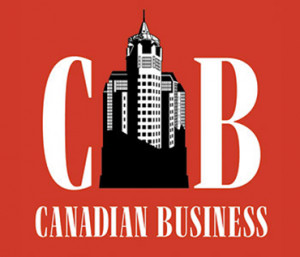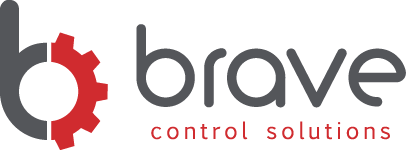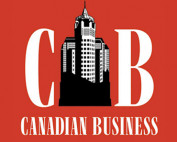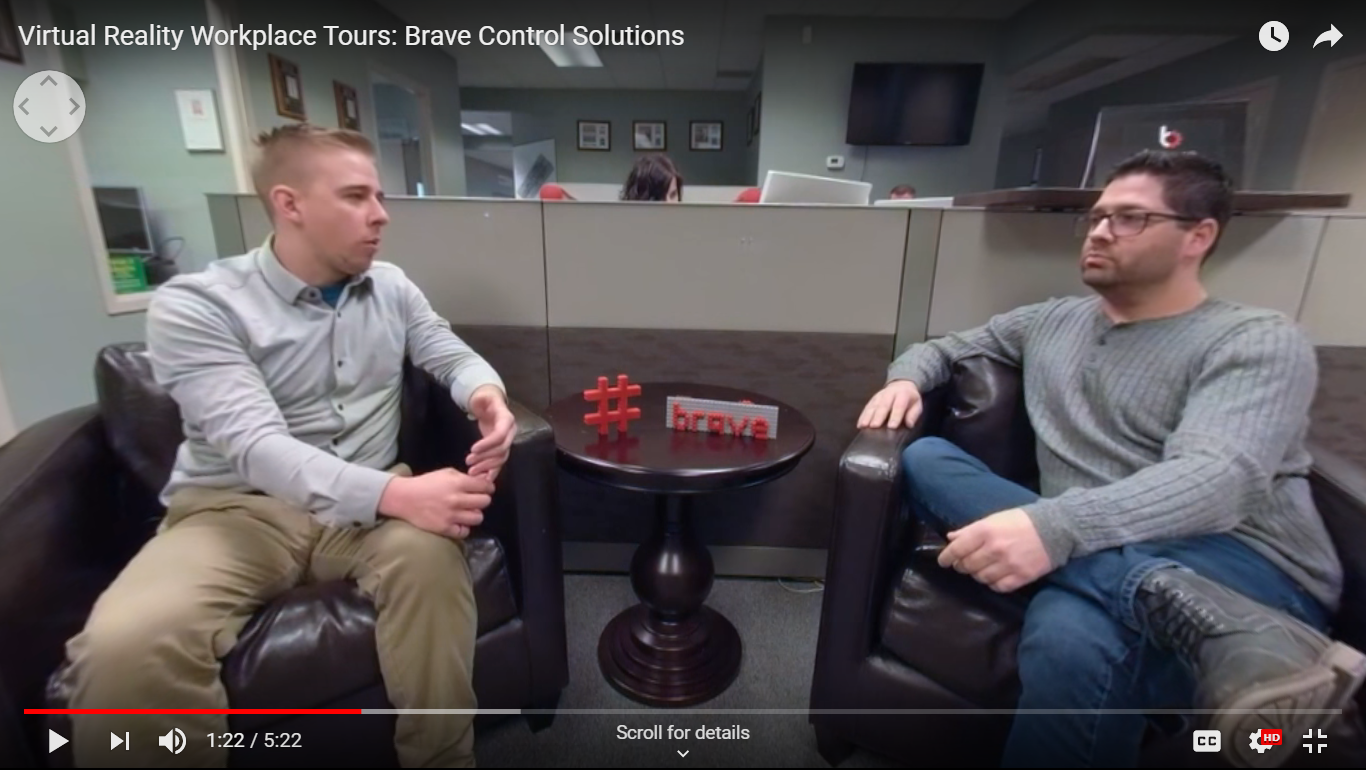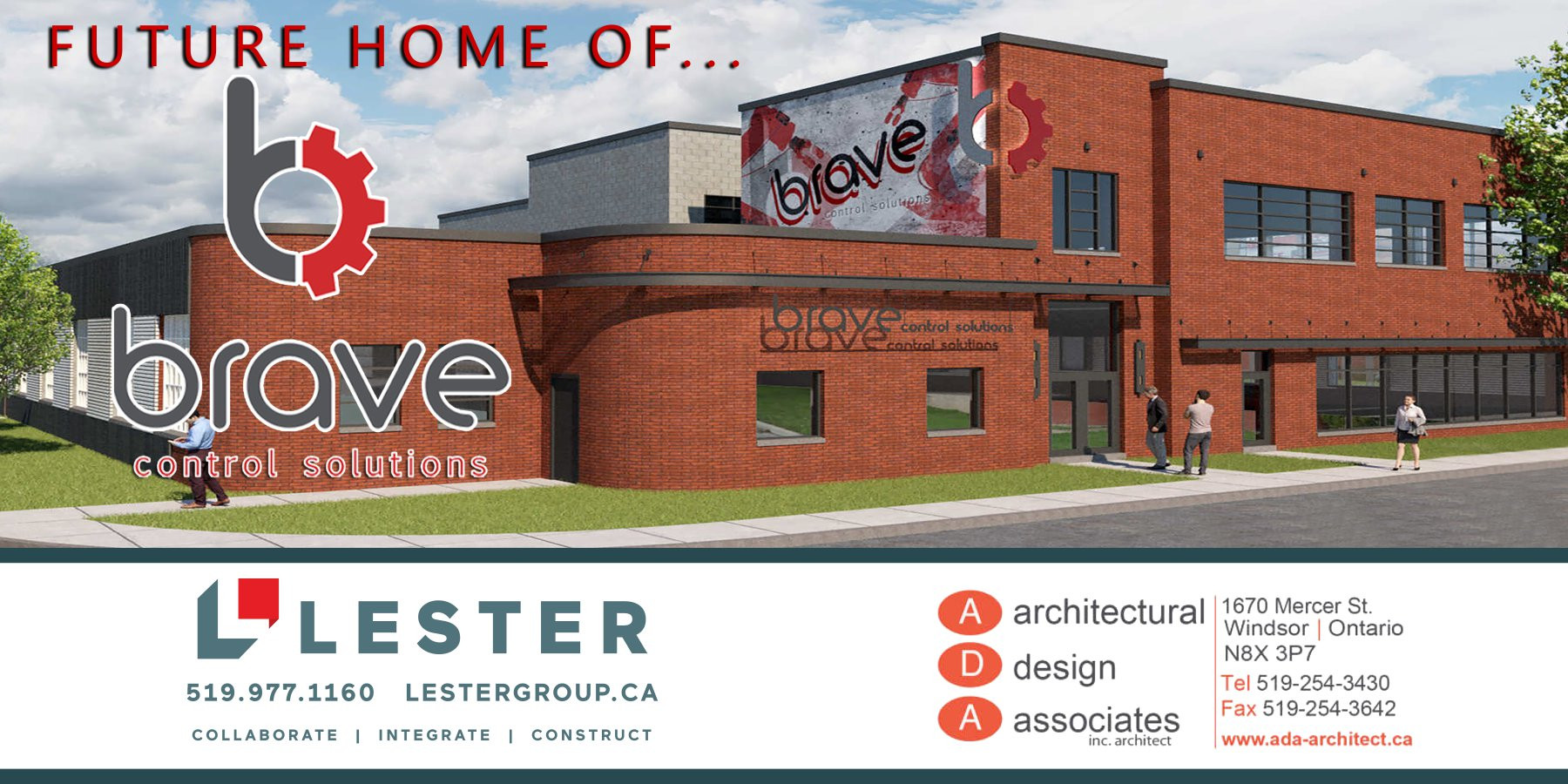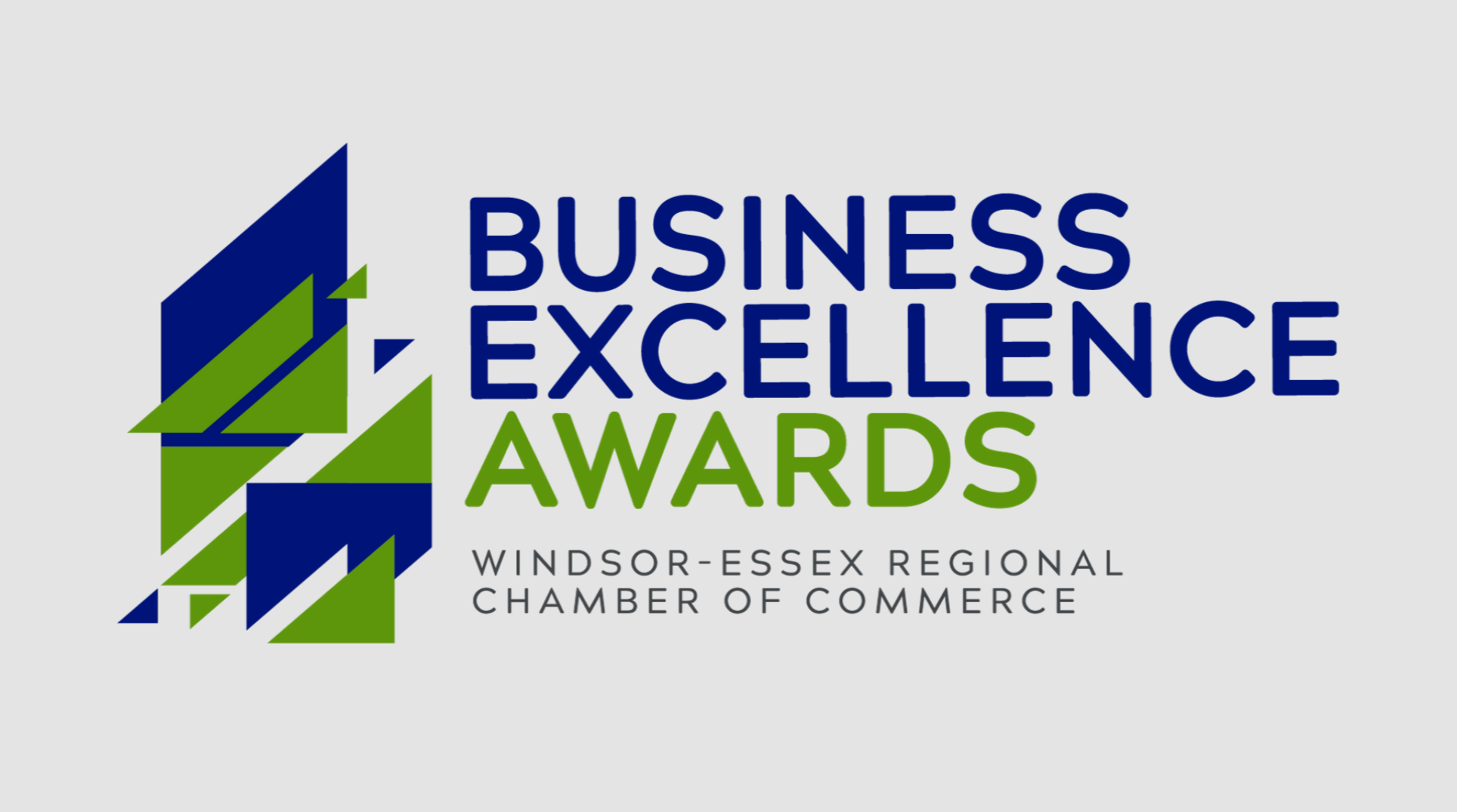The first really big project our firm won was with a race car tire manufacturer. It was a huge win for a company as young as ours, and we were extremely excited.
The deal was worth $350,000. That might be peanuts to some, but for us, it was a big deal. Of that, about $200,000 was for hardware that we’d have to purchase from a supplier.
We knew from the outset that a company as huge as this wouldn’t be in a hurry to pay its suppliers. Its standard payment terms were 60 days after delivery. Our engineering contacts told us that we could realistically expect it to take between 60 and 75 days.
We looked at the numbers, and some red flags popped up. Our equipment supplier had 30-day payment terms. We knew enough about the project that we’d come to expect likely delays. That would mean we’d find ourselves $200,000 out of pocket, and with no cash coming in from the client for at least two months.
We simply didn’t have the cash to finance this. But it was such a great project—how could we turn away?
So we got creative. We approached our equipment supplier and informed them of the situation. After some consultation, the supplier agreed to ease its payment terms in exchange for some financing costs added in to their quote. We were happy to pay it.
The project was a great success. Our supplier was happy, our customer was happy, and we pulled off our first major project without going into debt.
Our client said it wasn’t worth their time to write separate cheques for a project so small. (To me, it was huge!)
The entire experience was a good lesson on the tricky business of getting paid. Different companies have different terms, and they’re not always favourable to the little guy—especially when cash flow is tight (or non-existent). As we’ve grown our business, we’ve used several strategies that have kept us from being caught out. Here are my favourites:
1. Offer discounts for early payment
It doesn’t need to be a lot. In the early days, we were doing a $12,000 project for a Tier One parts supplier. I was concerned about their 90-day payment terms, so I asked for a down payment. They refused—it wasn’t worth their time, they said, to write separate checks for a project so small. (To me, it was huge!)Instead, they suggested I give them a 2% discount for 10-day payment. I agreed, and the cheque was in my hand on the 10th day. I did not see that coming.
It’s a practice we’ve started to use often. We find that a 2% discount for net 10 or net 15 day payment is very popular. You might take a bit of a hit on the bottom line, but it gets you your cash and, perhaps more importantly, peace of mind.
This approach also gives you a sense of whether a client is in strong financial standing. A company with great cash flow will always take a discount.
2. Push to get paid in increments
Of course, our preference is to have steady income throughout a project. For each project, we do the math and set the percentages to keep the cash streaming in as we are spending it. This keeps us cash neutral throughout.
Whenever we have a big outlay of expenses in a project—for contractors, for hardware, or even our own labour, we establish payment terms that are broken into milestones. We ask every customer for a down payment, usually of about 20% to 30%. The key word is ask. We don’t always get it, but it costs us nothing to ask. Even if we ask for 30% and only get 10%, we’re happy. Of course, some customers refuse to pay a down payment, or refuse to pay it right away. But plenty do.
If there’s a big hardware component involved, we ask the clients to treat it as a separate order, paying 10% down and 90% due on delivery. (This works particularly well when we are able to negotiate “we’ll pay you when we’re paid” deals with suppliers—see below for more.)
For the engineering services, we’ll ask for payments at key milestones—typically, after design approval, after program delivery and after factory acceptance testing.
For a low risk we can give our client some leverage while offering them a guarantee of sorts that they will be getting a job well done.
How do we get clients on board with this? By offering them a contingency. When a client is willing to pay us in increments, we’ll often negotiate terms in which the final 10% of payments is contingent on their overall acceptance of our work. This isn’t entirely subjective—we’ll negotiate expectations and criteria for this at the outset—but it’s a good way to reward clients for meeting our incremental payment terms. Besides, we have never had a client hold back the final payment because we did not meet the obligations in our contract. For a low risk we can give our client some leverage while offering them a guarantee of sorts that they will be getting a job well done.
3. Negotiate with your suppliers
When our customers refuse to pay within our standard 30-day term, we’ll turn to our suppliers and contractors to see whether they’ll bend. It’s very important for us to have good relationships with our suppliers; we always want to pay them promptly. But that’s not always possible. So, when it’s possible, we’ll explain the situation and request “paid when paid” terms with them. We’ve found this has gone over surprisingly well. As long as we’re clear about when we’ll be able to pay them, they’re able to adjust their expectations. More times than not they are willing to be “paid when paid” to get the order.
4. Don’t be afraid to ask for better terms—even if it’s uncomfortable
Asking a client for better payment terms is tough to do, especially if you’re a young company dealing with a large, well-established corporation.
These conversations can be difficult and embarrassing. You are essentially calling your client to tell them that you need better terms so you can afford to complete their project. It’s not a comfortable position to be in—especially if you’ve just “sold” your company on its track record.
The truth is, if you want to grow your business you’re going to need to have some embarrassing conversations from time to time. If we simply accepted payment delays for larger projects, there is no way that we would be where we are. And in my experience, most clients appreciate the honesty.Here’s how we do it. My partner and I have a quick meeting where we look at the project cost and the quoted price. We look at the timing and when the expense will be paid. We make sure we have an understanding of where the cash problems are. We get a good sense of the terms we need to make it happen—and the terms we’d like. We lead with the latter when we pick up the phone.
But let’s be real: You should be prepared not to get exactly what you want. That’s why you should go in asking for more than what you need.
5. Think creative when dealing with rigid clients
We recently won our largest contract to date with a Fortune 500 company. We quickly learned their payment terms were firm; there was no way to change them. Nor would they allow us to get paid in increments, nor would they make a down payment.
In reality there was no way that we could complete this project under these circumstances. So we got creative.
In reality there was no way that we could complete this project under these circumstances. So we got creative. We proposed that they create a separate project for each of the project milestones, and allow us to invoice separately—100% on completion for each. To our surprise, they were able to make this work in their purchasing system. When design was complete we invoiced; same with hardware, programming, and installation. Because of the size of the project, cash flow was still very tight. But it was the difference between accepting this project and having to turn it away.
6. Remember, the client doesn’t hold all the cards
People usually assume that the person with the money has the upper hand. That’s not always so.
We deal in projects, where the last word is often not money, but delivery date. Our clients have tight schedules to keep, and one of the reasons they hire us is because we have a reputation for meeting tough deadlines.
If we get pushback on a proposed incremental payment schedule we can imply that cash flow has forced us to reduce the resources applied to this project until our account gets back up to date—a reduction in resources that will make it impossible to make the deadline.
This tactic also works when a client agrees to incremental payments—but lags in actually making them. If we have not received payment with the terms agreed upon, we call the client immediately to ask for an update. Sound pushy? Maybe it is. But we aren’t willing to wait weeks or months to find out the status of our money. Once we mention that we may have to remove resources from the project because of cash flow problems, it’s amazing how quickly they’ll prioritize paying us.
7. Do some client recon
Not all customers are as willing to meet our terms as many of ours have been. That’s why it’s important to do some research to determine who will be a reliable source of income—and who will cause you nothing but headaches.
I find it’s really useful to talk to my suppliers. Like many other sectors, the automotive business is pretty tightly linked. Many of our suppliers have either dealt with our clients directly, or have dealt with other companies that have. This has become an invaluable source of information. I’ve had a lot of “unofficial” conversations with suppliers that have saved me from deadbeat clients.
For example, I developed a friendly relationship with a contact at a supplier. Over lunch one day, I mentioned that a potential client had asked me to quote on a project. I was unfamiliar with the company, but was feeling hesitant about bidding, as I knew that it operated in an industry with a bad reputation for payment. My contact had heard the same, and put me in touch with his company’s credit department. It just took one call for my suspicions to be confirmed—the client was terrible about meeting payments. We decided not to quote on the project, and likely saved ourselves a lot of anguish.
There are no hard and fast rules that will ensure quick and easy payment from clients; different situations call for different tactics. But these have worked for us, and I believe that in the beginning they were essential to our survival. Now, they are essential for us to take on larger projects and continue our exponential growth.
ABOUT BRENT MCPHAIL
